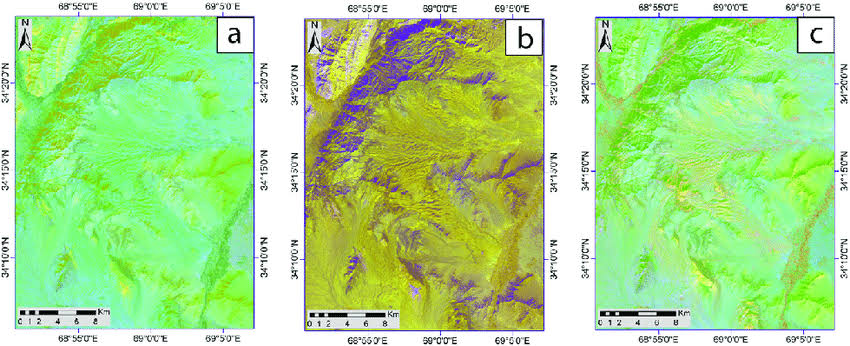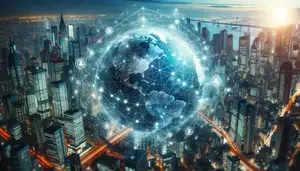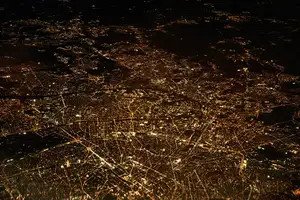
Band Rationing in Remote Sensing: Enhancing Feature Analysis with Selective Bands
What is Band Rationing?
Band rationing refers to the selection of specific bands from a multispectral or hyperspectral remote sensing dataset to enhance specific features of interest.
Remote sensing data typically includes multiple spectral bands representing different wavelengths of electromagnetic radiation that have been captured by sensors mounted on satellites or aircraft. By analyzing the intensity of radiation in each band, remote sensing data can be used to identify and classify features on the Earth's surface such as vegetation, water bodies, and built-up areas. Band rationing can be used to improve the accuracy of remote sensing analysis by selecting the bands that are most relevant to the specific application.
Examples of Band Rationing
For example, in vegetation analysis, the ratio of near-infrared to red spectral bands can be used to estimate vegetation health and density. Similarly, in water quality analysis, the ratio of blue to green spectral bands can be used to identify and monitor changes in quality.
Benefit of Band Rationing
Band rationing can be used to reduce the amount of data that needs to be processed, which can save time and computing resources. By selecting only the bands that are most relevant to the analysis, unnecessary data can be discarded, reducing the size of the dataset to be analyzed










